| Wednesday, November 15, 2023 | |
Smart Medtech |
|
| 13:50 | Welcome Remarks |
Laith Altimime, President, SEMI Europe Welcome Remarks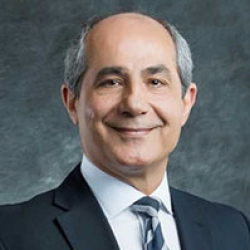
 Abstract Biography |
|
| 14:00 | Opening Remarks by Session Chair |
Jerome Mouly, Division Director Photonics & Sensing, Yole
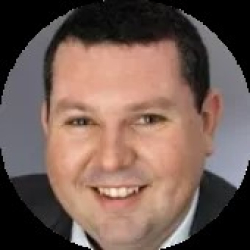
Biography |
|
| 14:05 | Intersecting Paths: Uniting Moore's Law and Biology Through Bioconvergence |
Laura Braeuninger-Weimer, Director, Merck KGaA Intersecting Paths: Uniting Moore's Law and Biology Through Bioconvergence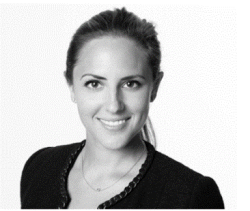
 Abstract Biography |
|
| 14:25 | MEMS Devices and Manufacturing for Medical Applications |
Erik Corduwener, Key Account Manager, Philips MEMS & Micro Devices MEMS Devices and Manufacturing for Medical Applications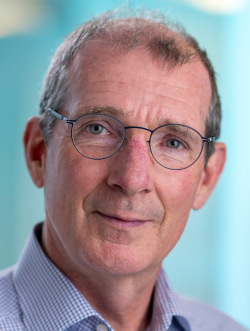
 Abstract Biography |
|
| 14:45 | Topic Coming Soon |
Wouter Van den Bosch, R&D Program Manager Health & AI, Imec vzw Topic Coming Soon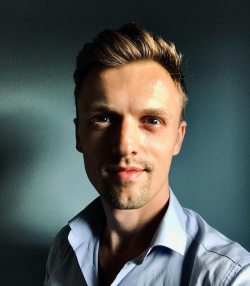
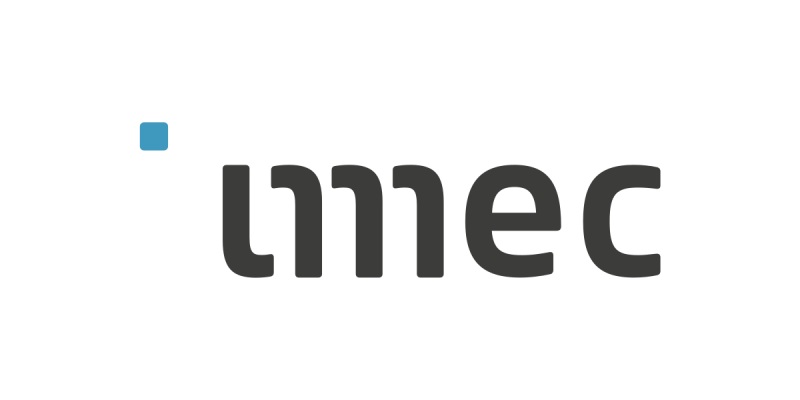 Abstract Biography |
|
| 15:05 | Reserved |
| 15:25 | Machine Learning Supported Self-Sensing Micropump to Detect Air Bubbles to Improve Dosing Accuracy |
Martin Richter, Head of Department Micro Dosing Systems, Fraunhofer Institute for Electronic Microsystems and Solid State Technologies EMFT Machine Learning Supported Self-Sensing Micropump to Detect Air Bubbles to Improve Dosing Accuracy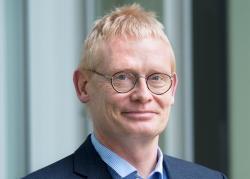
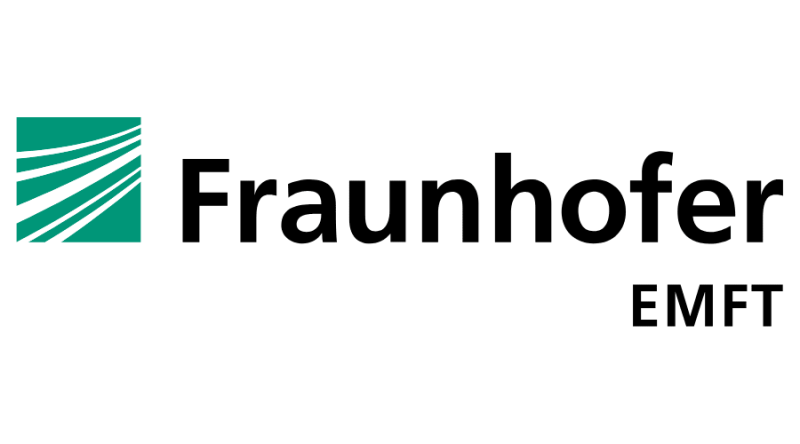 Abstract Biography |
|
| 15:45 | Key Takeways from Session Chair |
Jerome Mouly, Division Director Photonics & Sensing, Yole

Biography |
|